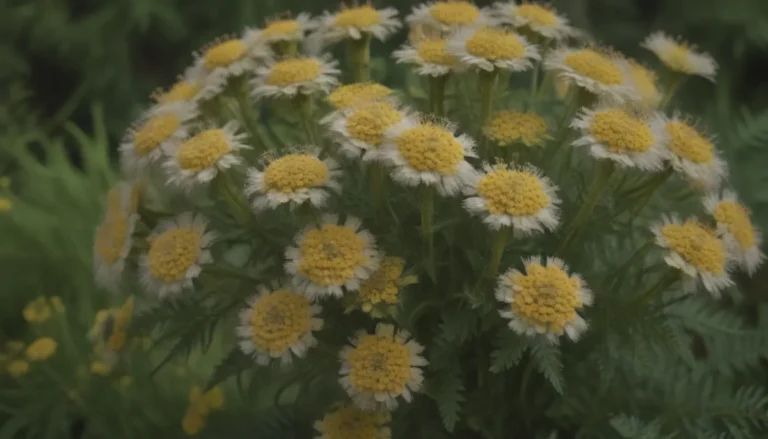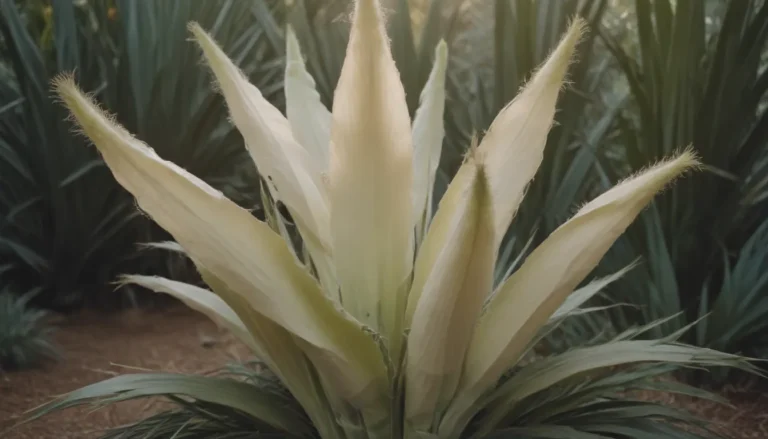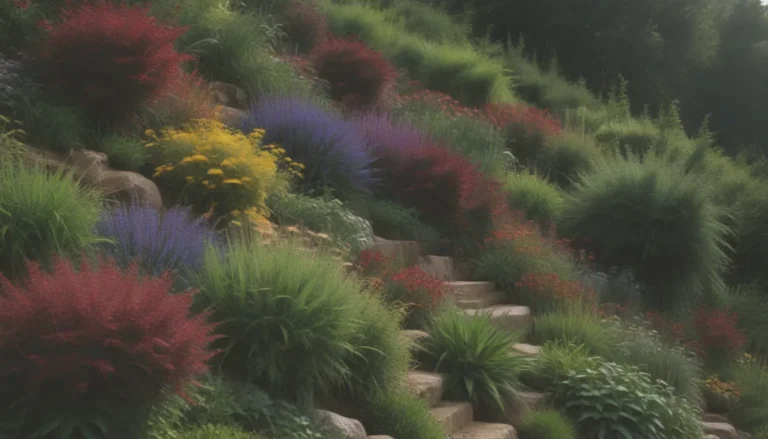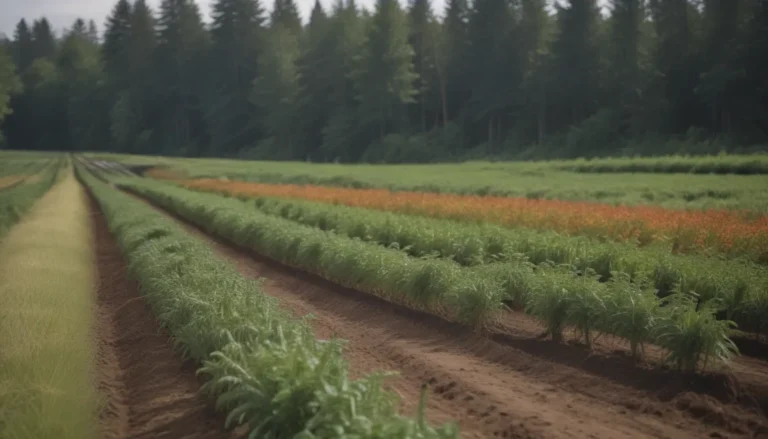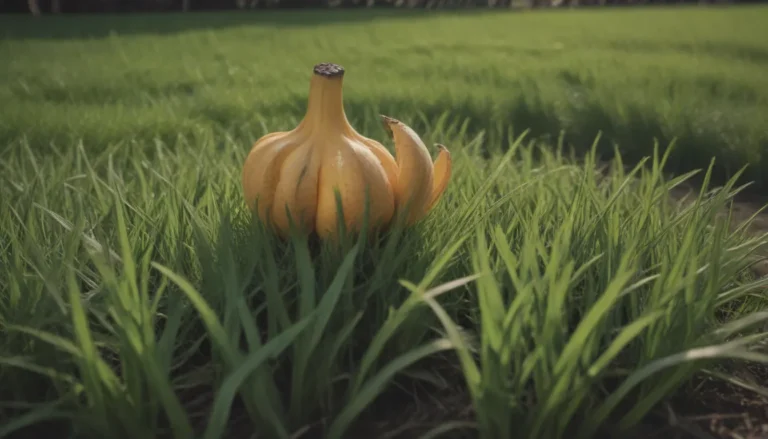Everything You Need to Know About Growing and Caring for ‘Angelina’ Stonecrop
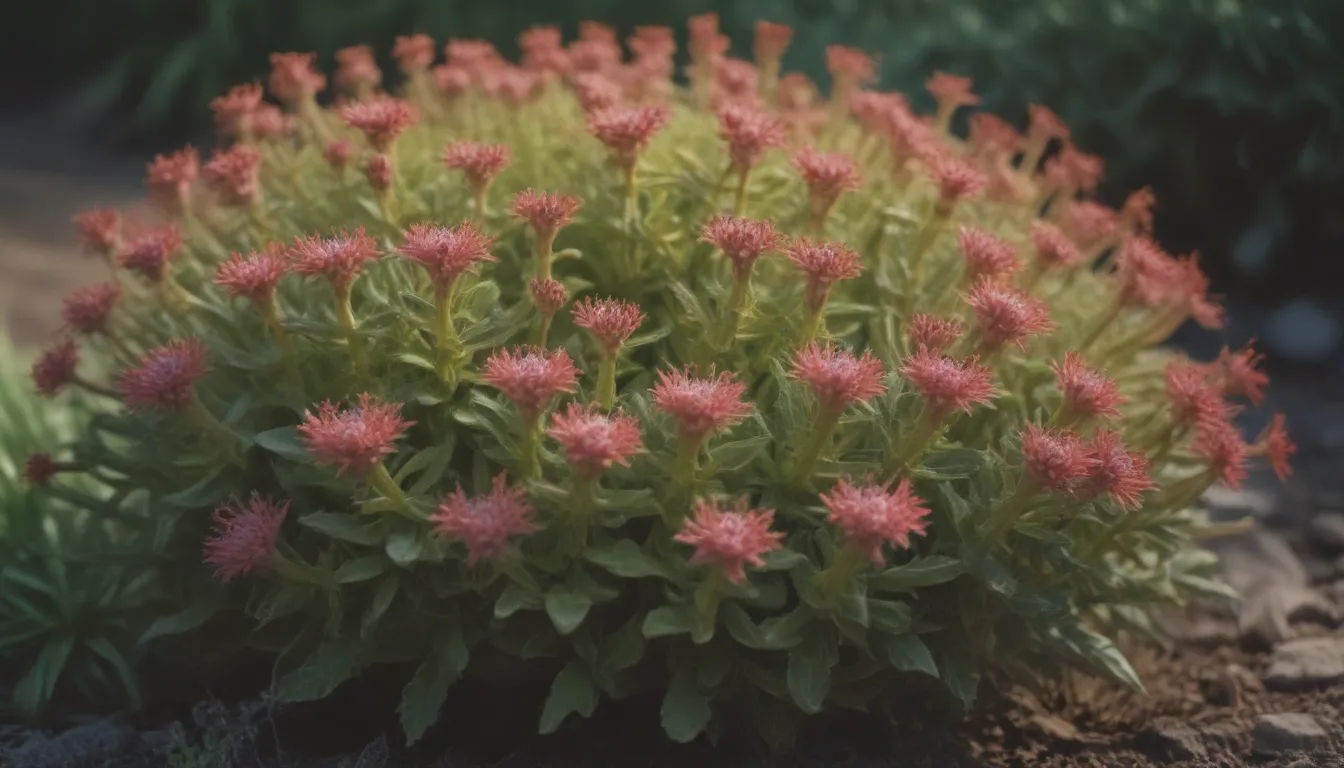
If you’re looking to add a touch of vibrant color and easy-care beauty to your garden, ‘Angelina’ stonecrop (Sedum rupestre ‘Angelina’) might just be the plant for you. With its stunning chartreuse or golden needle-like foliage, this perennial, evergreen plant is a versatile addition to any landscape.
Getting to Know ‘Angelina’ Stonecrop
The name “stonecrop” originates from Middle English, highlighting the plant’s ability to thrive in rocky and gravelly environments. ‘Angelina’ stonecrop features bright foliage that can range from chartreuse to golden, depending on the amount of sunlight it receives. It produces delicate yellow flowers in the summer, followed by an orange or rust-colored foliage in the fall.
Planting ‘Angelina’ Stonecrop
Plant ‘Angelina’ stonecrop in the spring for optimal growth, though it can be planted almost any time of the year. This plant thrives in full-sun locations with well-drained, dry to medium-moisture soil. It does well in gravelly or sandy soils and should be spaced eight to 12 inches apart. ‘Angelina’ stonecrop works beautifully as a ground cover, in perennial borders, rock gardens, or as a striking addition to patio containers and hanging baskets.
Caring for ‘Angelina’ Stonecrop
Once established, ‘Angelina’ stonecrop is relatively low-maintenance. Here are some care tips to keep your plant healthy and thriving:
- Light: Grow ‘Angelina’ stonecrop in full sun to bring out its best color, though it can tolerate some shade.
- Soil: Provide well-draining, neutral pH soil, ideally sandy or gravelly and not overly fertile.
- Water: Water newly planted ‘Angelina’ regularly, but avoid waterlogged conditions. Once established, it is drought-tolerant.
- Temperature and Humidity: Suitable for USDA zones 5a to 9a, ‘Angelina’ stonecrop can handle cold temperatures and high heat with good soil drainage.
- Fertilizer: Avoid chemical fertilizers, as ‘Angelina’ prefers lean soil. Consider using compost if the soil lacks nutrients.
- Pruning: Trim back overgrown stems or remove dead material as needed to maintain plant health.
Propagating ‘Angelina’ Stonecrop
Propagation of ‘Angelina’ stonecrop can be easily done through stem or leaf cuttings. You can also grow new plants from seeds. The plant’s hardiness allows for successful propagation throughout the growing season, with late spring or early summer being ideal times to propagate.
Overwintering ‘Angelina’ Stonecrop
Most sedums, including ‘Angelina,’ are cold-hardy and can withstand winter conditions. Remove dead growth in the winter and consider sheltered placement for potted plants to protect them from harsh weather conditions.
Common Pests and Problems
‘Angelina’ stonecrop is generally resistant to pests and diseases, with occasional issues like crown rot or botrytis mold arising from unsuitable environmental conditions. Monitor your plant for any signs of discoloration, leaf dropping, or leggy growth and take appropriate measures to address these issues.
Conclusion
In conclusion, ‘Angelina’ stonecrop is a beautiful and resilient plant that can add a pop of color and texture to your garden. With proper care and attention to its sunlight, soil, and watering needs, this versatile plant can thrive in various outdoor settings. Whether you plant it as a ground cover, border plant, or feature it in containers, ‘Angelina’ stonecrop is sure to impress with its bright foliage and easy-going nature. So go ahead, add a touch of ‘Angelina’ to your garden and enjoy the beauty it brings year-round.
